In the lead up to International Women’s Day, we sat down with NIDA Graduate Course Convenor,Dr Suzanne Osmond, to discuss what the day means to her and how she is helping our students find their artistic voice.
In the lead up to International Women’s Day, we sat down with NIDA Graduate Course Convenor,Dr Suzanne Osmond, to discuss what the day means to her and how she is helping our students find their artistic voice.
What does International Women’s Day mean to you?
I grew up in a large NSW country town where the ideas of feminism took a little longer to get a foothold. The Country Women’s Association (CWA) was the strongest coalition of women in town at the time. My mother was very active in the feminist movement in the 1970s. She was a founding member of the Women’s Electoral Lobby (WEL) in regional NSW. My three sisters and I were always aware of the meanings of International Women’s Day its presence symbolised by a rustic handmade plate featuring a dove of peace merged with the symbol of woman which took pride of place in the kitchen. We grew up in the knowledge that other people had paved the way for us to pursue whatever career or lifestyle decisions we dreamt of.
As an accomplished costume supervisorand academic, what advice do you have for the next generation of girls/women trying to get into similar fields? And what were some of the challenges you faced while breaking into the industry?
I think it’s really important to realise that gender disparity does still exist. I’ve spent most of my career up until now in the female-dominated world of costume departments. I’ve often had to enter into discussions about the relative value of the work of (mainly female) costume department artists and craftspeople. Budgets seem to get tighter and tighter and the unethical rise of ‘fast fashion’ has meant that clothing is getting cheaper and cheaper so it’s hard for producers to understand the fundamental difference between a $15 H&M white shirt and a white shirt made for the stage that might cost 10 times more because of the labour involved in making it work as a ‘costume’ rather than an item of clothing.
My advice would be support each other, read lots, never undervalue the precious skills you have and finally… enter into a critical discussion about costume whenever you can.
Who is your most inspiring woman in the arts and why?
On a personal level, I’m inspired by my friend and mentor Suzy Strout. I first met her in the workrooms ofPhantom of The Operain the early 1990swhere she’d set up a crèche in her office and was busily costume supervising the largest commercial theatre show Australia had ever seen and balancing this with motherhood, gracefully and professionally. For me, she pioneered the costume workroom as a place of nurturing, creativity and highly specialised skills, whilst also managing to lead with authority and charm. Years later, she allowed me to bring my own baby in to work onThe Lion King where he slept peacefully under the dryer in the laundry!
Artistically I am inspired by the brilliance, audacity and creativity of female aboriginal artists and leaders such as Leah Purcell, Rhoda Roberts, and Rachel Perkins.
What do you think has been the biggest step forward for women in the arts, over the past 10 years?
Globally, the reaction to the rise of reactionary, conservative regimes in the West by women is thrilling and terrifying.
It’s thrilling to see women coming together as they have in the past to protest against a dismal future for themselves and their children. It’s terrifying because it reveals just how deep the resistance to gender equality in large parts of society is. It’s terrifying to think that women have to yet again enter into a debate about the control and protection of their bodies.
On a positive note, the Australia-UN Women 2016-2020 Partnership Agreement signed last year sets out our global responsibilities to women in need and Julia Gillard’s “misogyny” speech in 2012 provided somewhat of an antidote to the innate ‘blokey-ness ‘of Australian culture.
Locally, I think organisations like the Women of the World (WOW) Festival in Melbourne next month, and advocacy groups like NAVA are doing valuable work on behalf of all artists to make sure all voices are heard.
NIDA’s main goal is to help our students find their artistic voice. How do you think you help NIDA achieve this, in your role as Graduate Course Convenor?
I think one of the responsibilities of the generation of us who sit in between that of my mother who fought for the huge social changes we take for granted and the current millennials many for whom the wordfeminism has become fatigued and unsexy is to continue the deconstruction and critiquing of power structures.
I think this is important now more than ever, in a climate of increasing political and social corporate control. A generation of feminist thinkers, activists and academics gave the world a set of analytical and theoretical tools with which to reveal socially and culturally embedded inequities and call them out for what they are.
It’s important that the ideas of feminism don’t get diffused through complacency or confused with advertising campaigns. Female artists have a particular responsibility to lean on the shoulders of their grandmothers and embrace the job of changing the world for the better by drawing attention to other ways of being on the earth. I’m up for a chat about that any day!
You can view more NIDA Women interviewshere.

